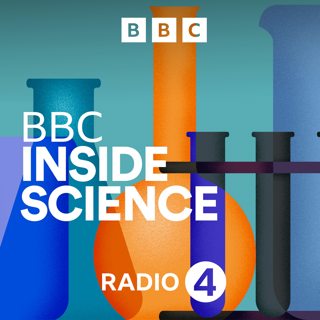
Tim Peake's mission to the ISS, Spaceman Chris Hadfield, AGU round-up, Air pollution, Human Evolution at the NHM
Jaksokuvaus
Two times shuttle captain, and with 6 months on the ISS, Commander Chris Hadfield is best qualified to pass on his advice to Major Tim Peake about the science and life in general on the International Space Station.Polar bears walk further Polar bears are having to walk further to stay in the same place. As ice melts in the Arctic, the thin ice is blown around by the wind, making it harder for polar bears to stick to their traditional hunting grounds.Elephant Deterrent By combining a seismic element to the infrasound of recordings of elephant alarm calls, researchers hope to finally develop an audio deterrent to keep marauding elephants from destroying farmland in Africa.Tracking air pollution from space The US space agency satellite, Aura has been tracking trends in emissions of nitrogen oxides for over a decade. It's seen big falls in the pollutant in the US and Europe, while at the same time recording significant increases in some developing nations, such as China and Bangladesh.Air pollution Even if the air pollution trends are getting better in the West, the picture is still very complicated. Not least in London, where nitrogen oxides are still at dangerous levels. Added to this is a rise in smoke pollution from the increasing number of wood burning stoves in the city.Human Evolution Gallery at the Natural History Museum A new gallery of Human Evolution at the Natural History Museum opens on Friday 18th December. Adam gets a sneak preview with Professor Chris Stringer and Dr Louise Humphrey. Spanning 7 million years of evolution, the gallery brings together key fossils and recent evidence such as a reconstructed skull and hand of Homo naledi. It builds up a picture of where we come from and what makes us human. And the picture is far more complex than previously thought, with multiple species living at the same time.